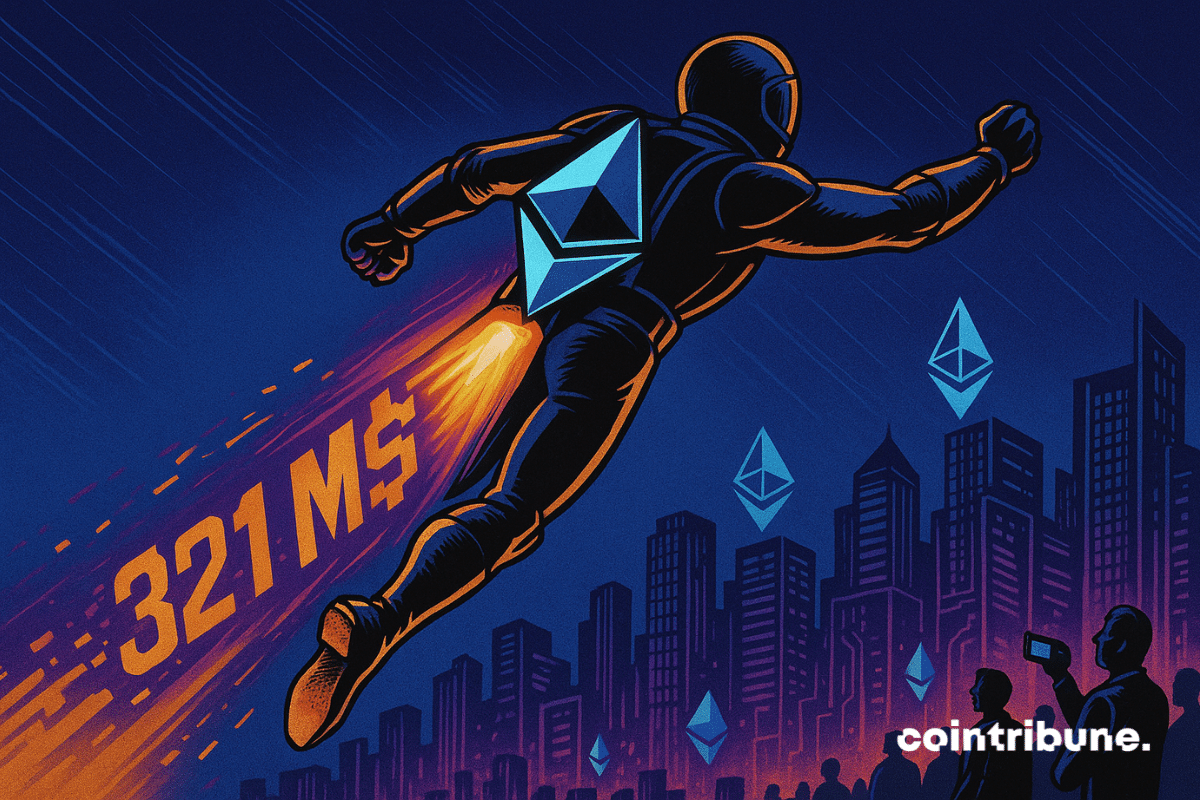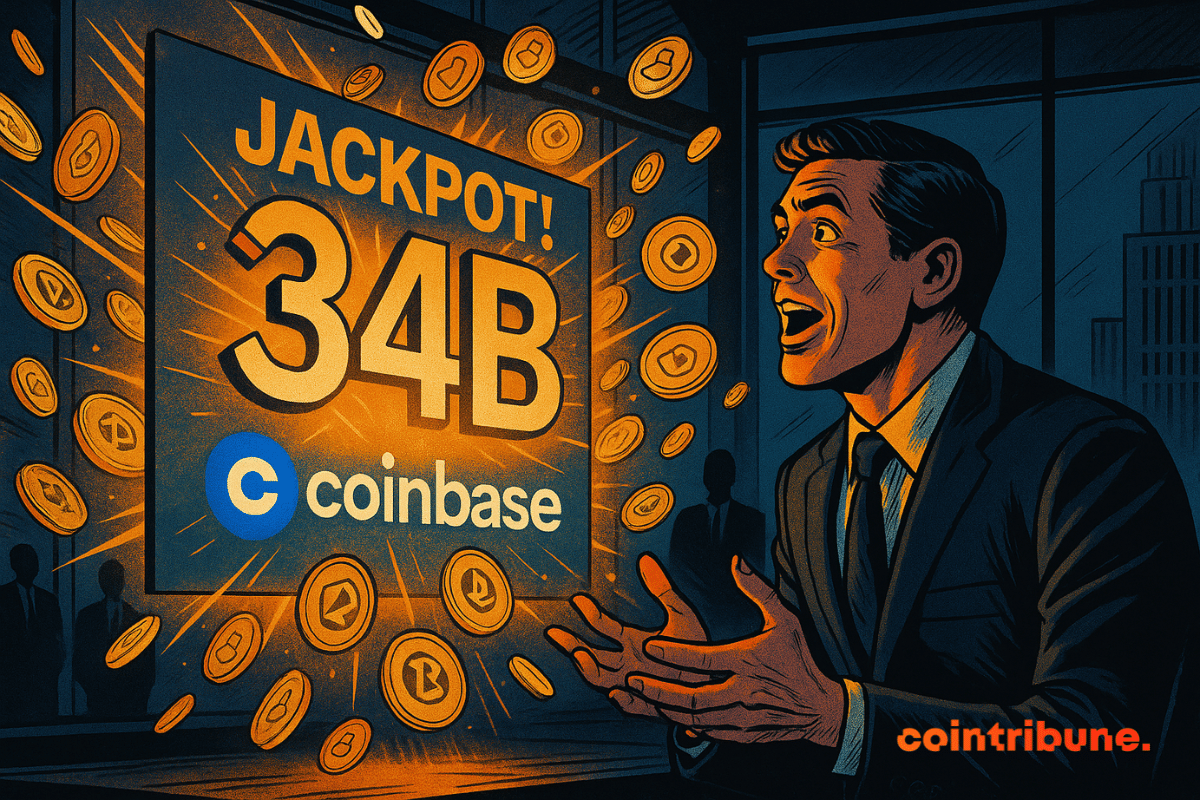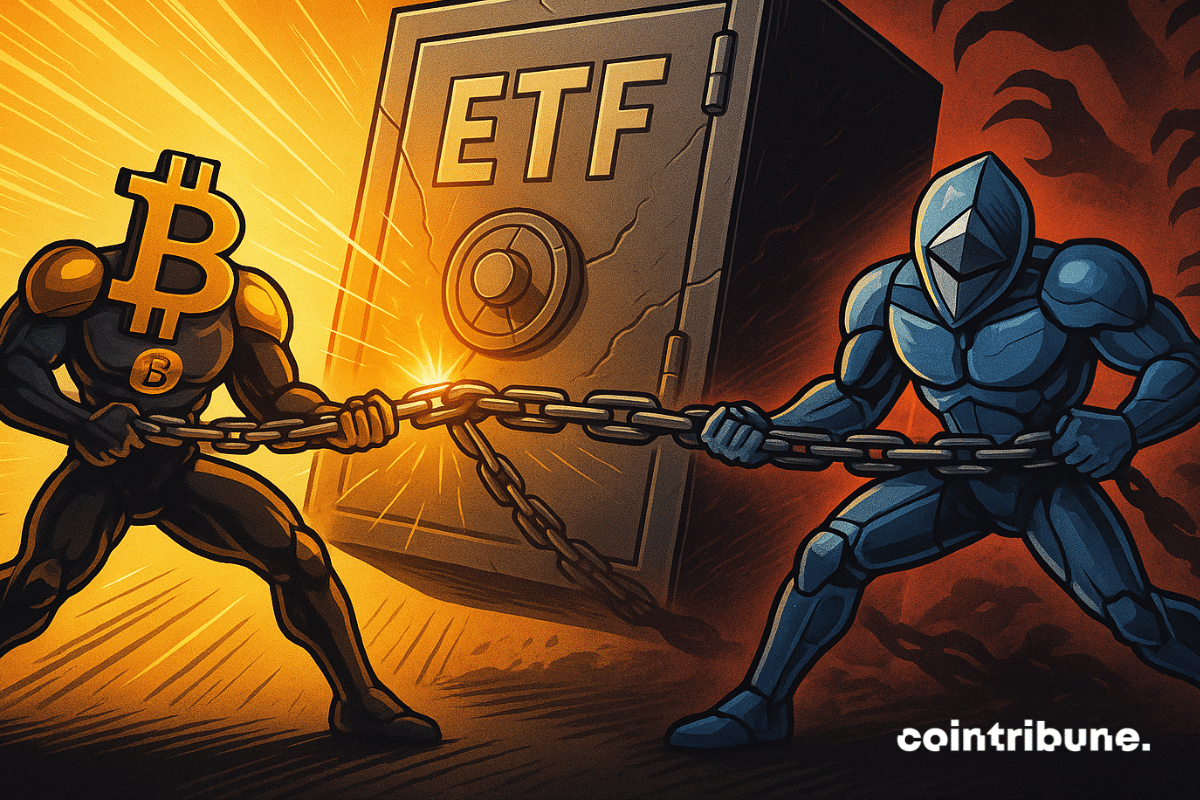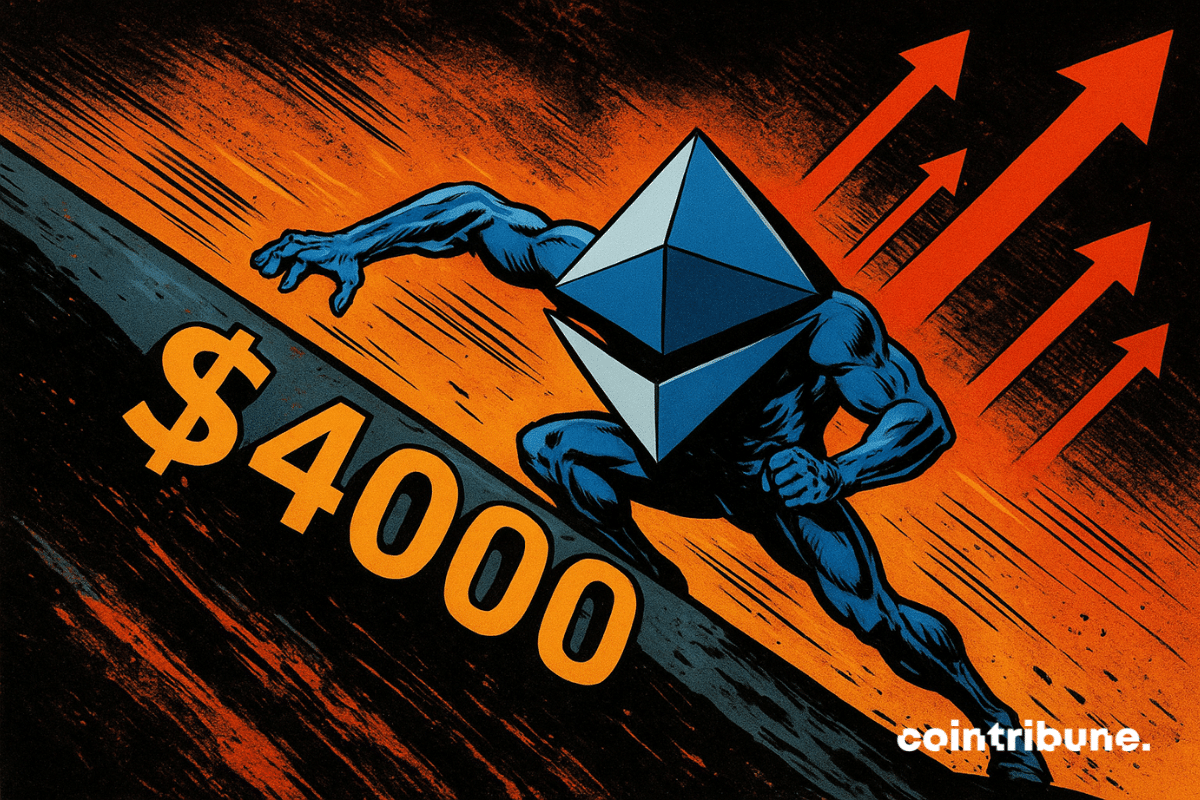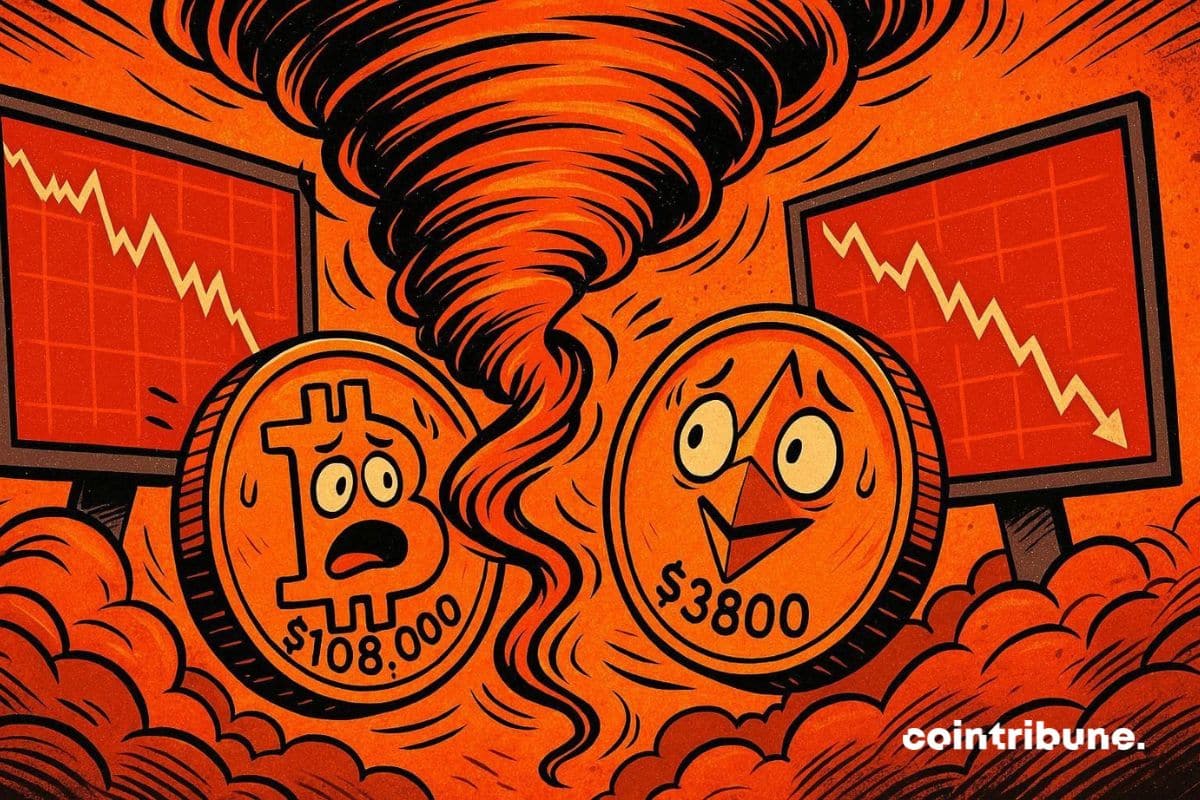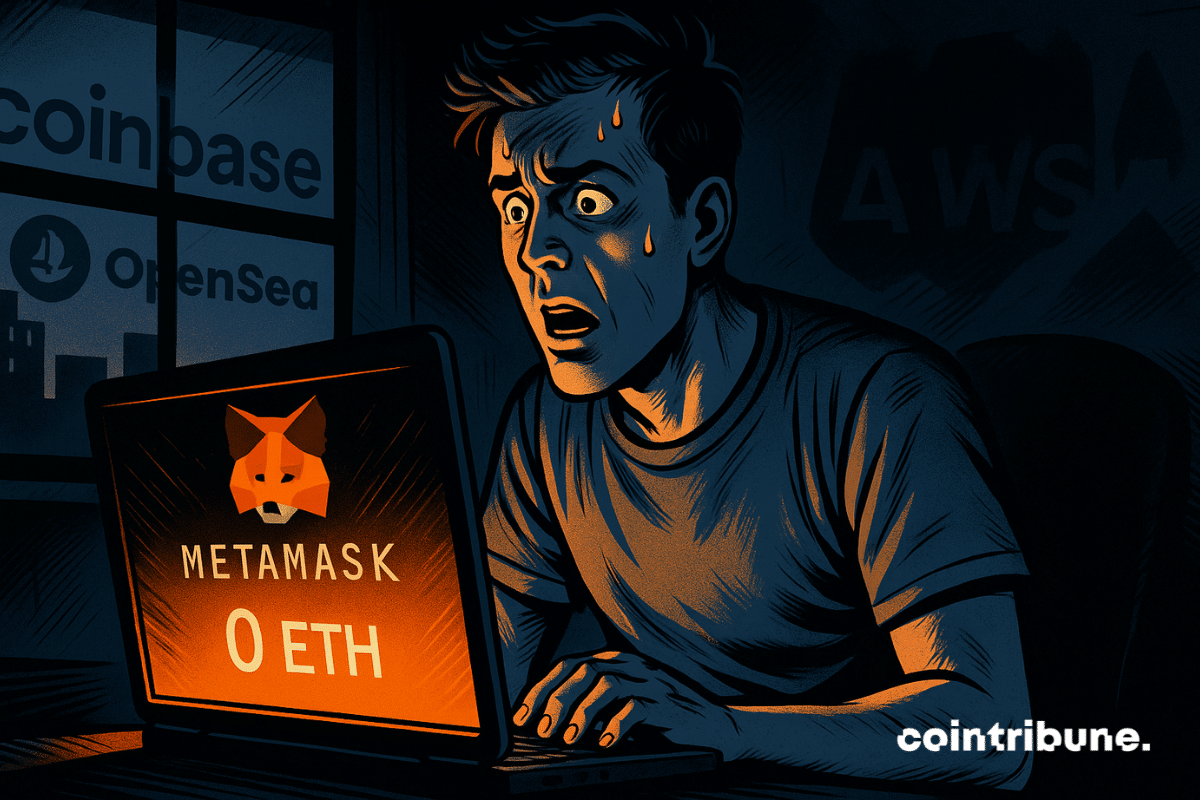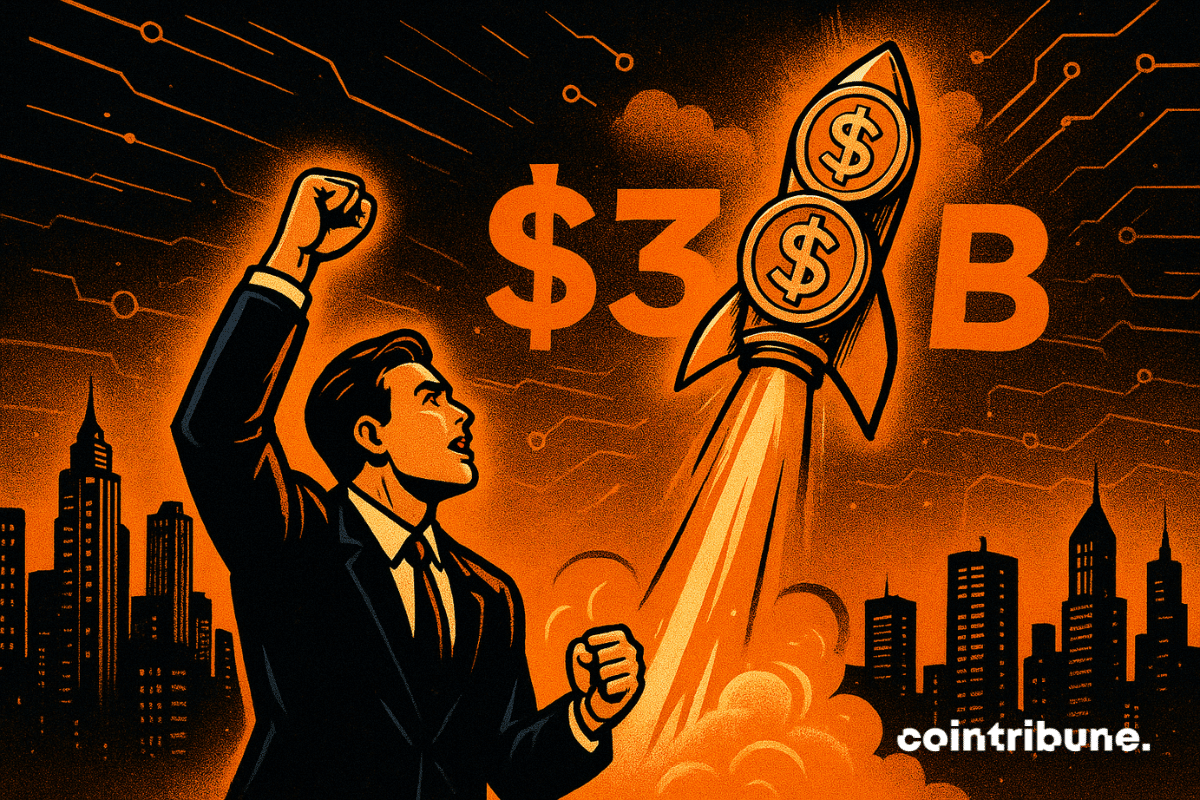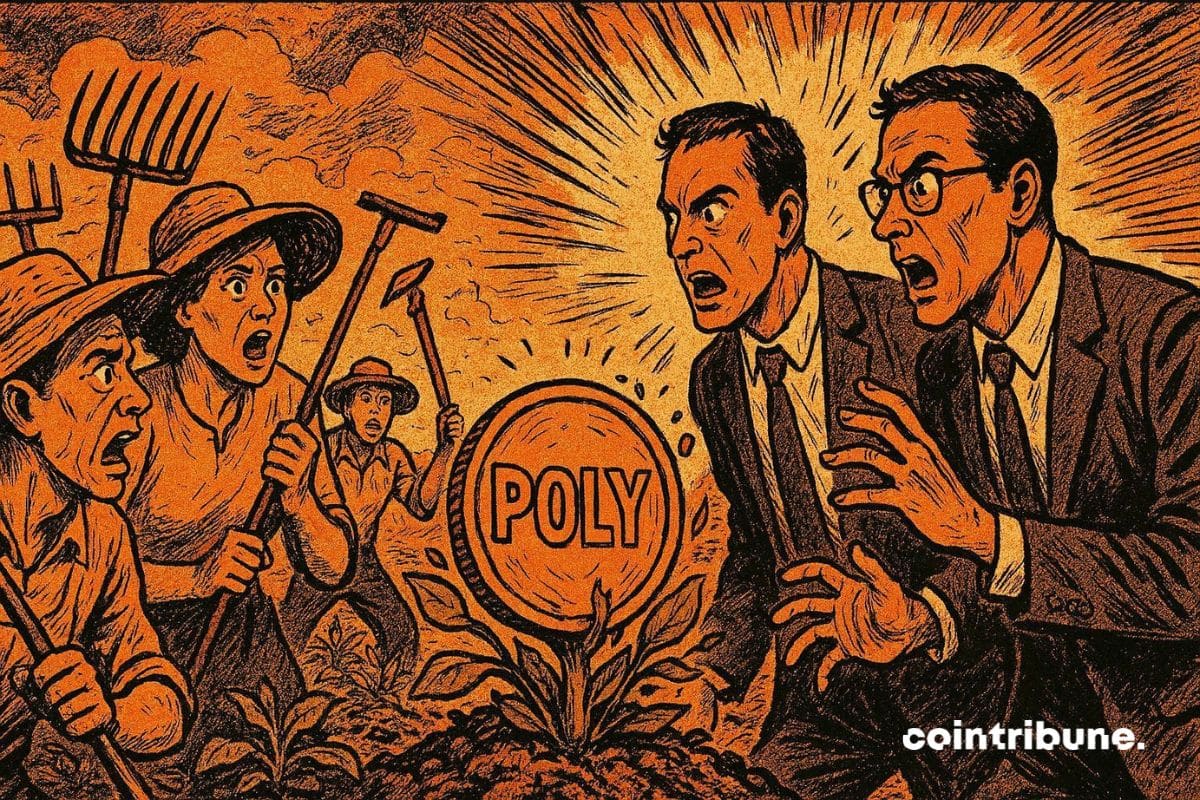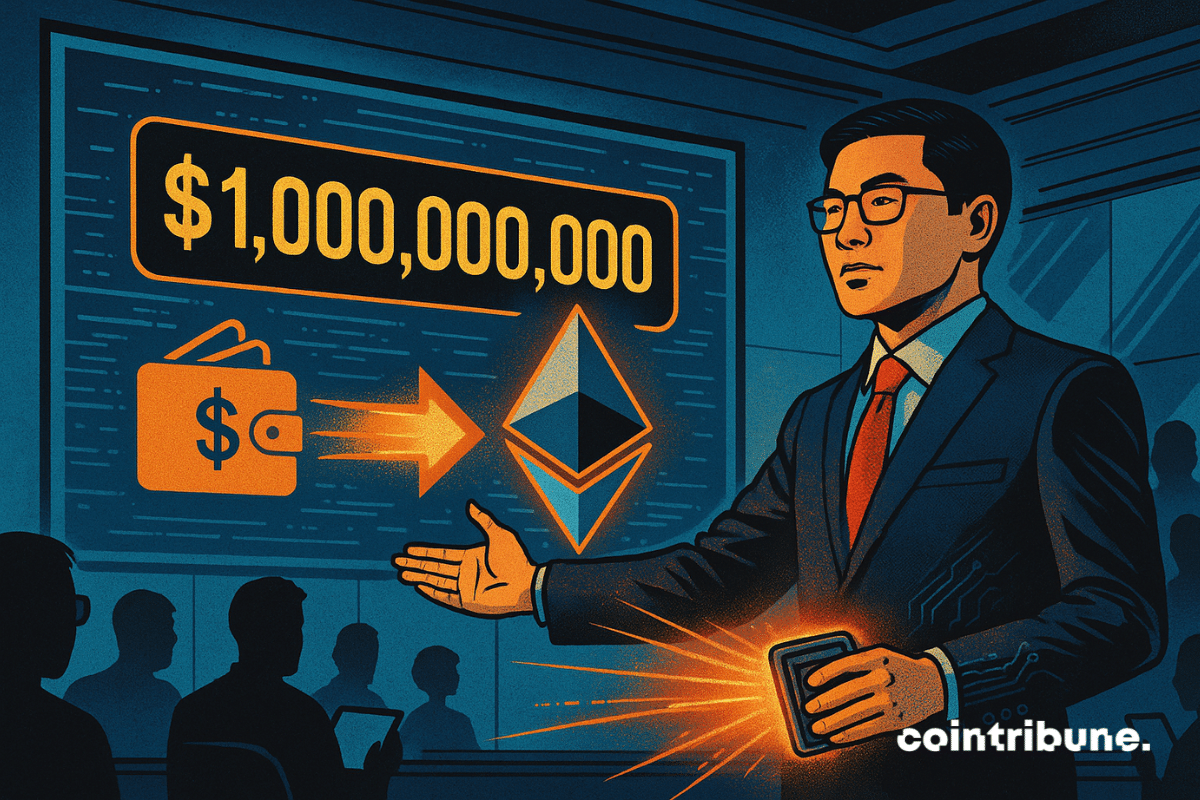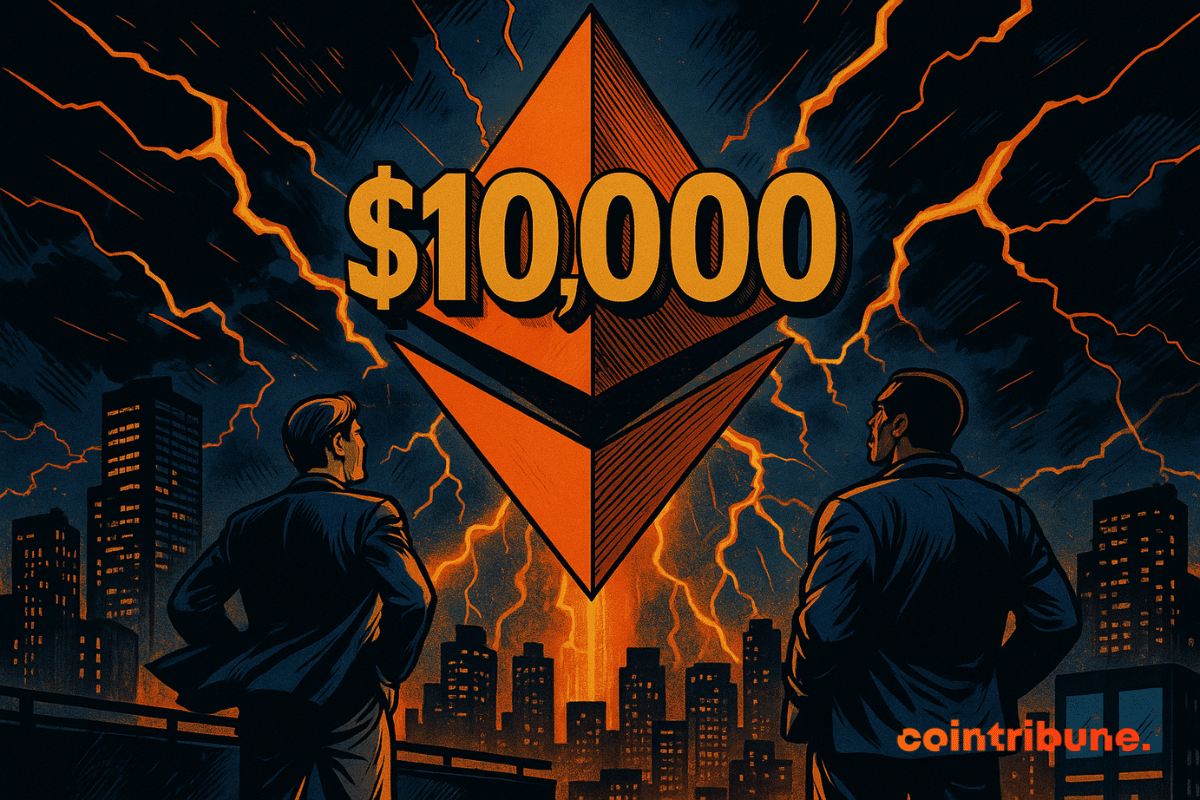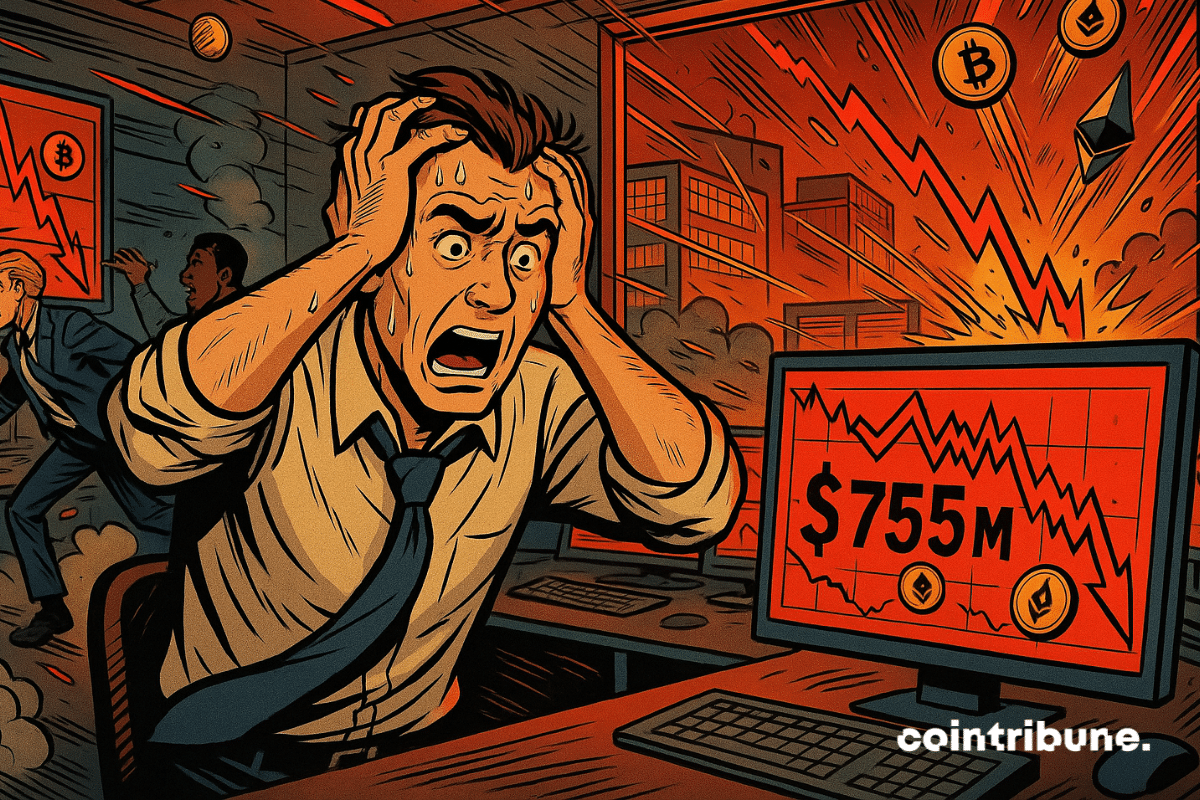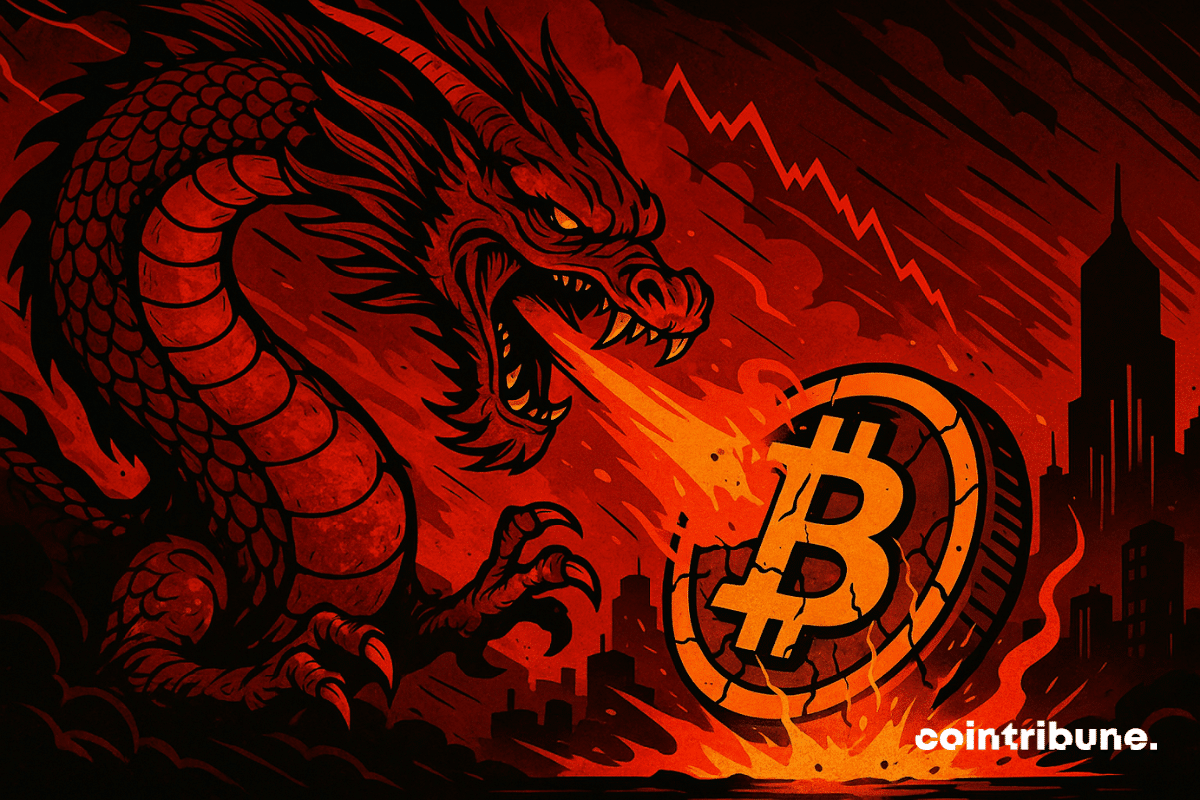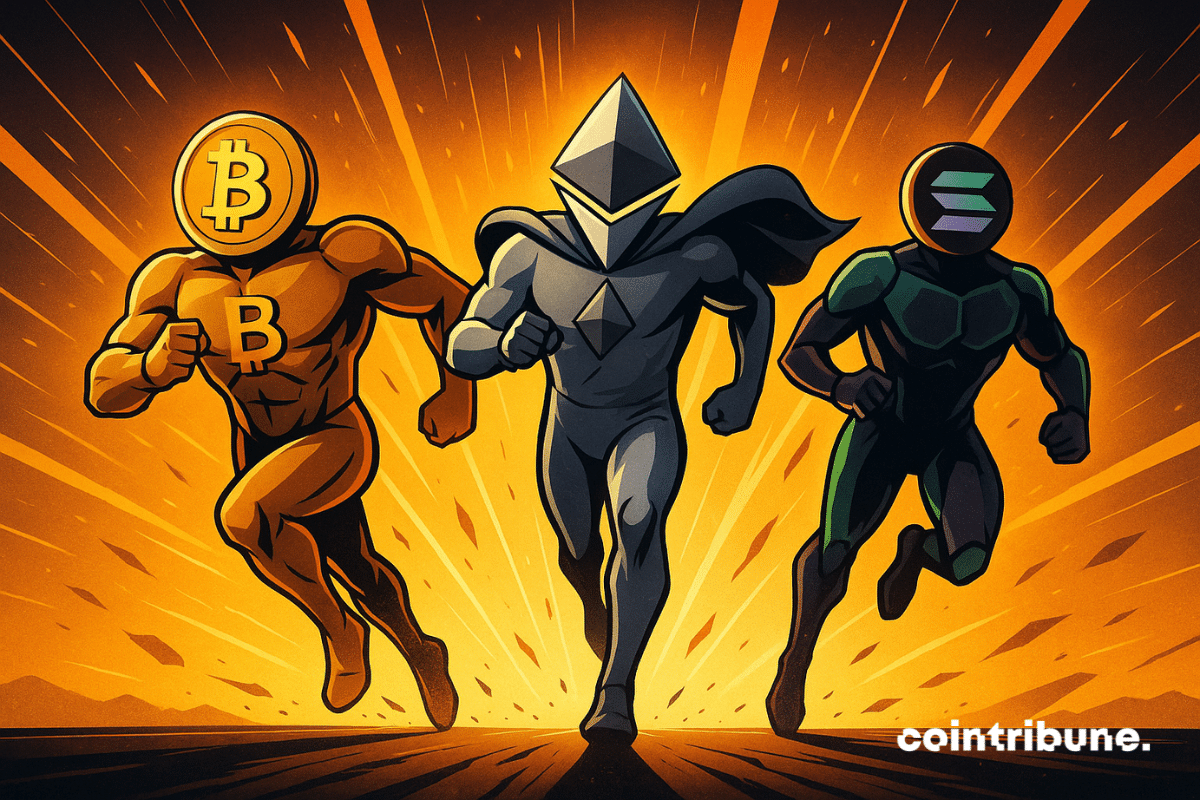While the crypto market shows signs of recovery, BitMine Immersion Technologies stands out with a $321 million Ethereum purchase. This operation places the company, listed on the NYSE, at the top of public ETH treasuries. At the helm, Tom Lee, co-founder of Fundstrat, orchestrates this bold bet in a climate of renewed risk-taking in the markets. This strong signal could redefine the balance of power between Bitcoin and Ethereum.
Ethereum (ETH)
With 0VM live and enabling Ghost Layer—the world’s first secure, global confidential value-transfer layer—Silent Protocol delivers on its mission: to encrypt Ethereum.
When Solana attacks Ethereum at the throat: Yakovenko reveals the dubious backstage of Layer-2s. Behind the security promises? Omnipotent multisigs and bridges with shaky trust.
Ethereum-based exchange-traded funds (ETFs) are losing traction as investor demand cools, marking a second consecutive week of outflows. In contrast, Bitcoin ETFs are experiencing a strong resurgence, drawing hundreds of millions in new capital as institutional investors rotate back into the market’s leading digital asset. The diverging flows highlight a shift in sentiment, with traders favoring Bitcoin’s relative stability over Ethereum’s recent weakness.
Coinbase, the well-groomed crypto exchange, is cooking up a Base token. JPMorgan sees billions there. Should we worry when banks applaud tokens they do not control?
Spot is making a comeback, Binance still reigns, and ETFs attract big fish: crypto hasn't said its last word... except for altcoins that are sulking.
The Bitcoin derivatives market enters a new phase of euphoria. According to CoinGlass data, the open interest on Bitcoin options has reached an all-time high of 63 billion dollars, driven by a wave of massive bullish positions. Investors now target strike prices between 120,000 and 140,000 dollars, a sign of renewed optimism about the market trajectory.
After a $619M surge in Bitcoin and Ethereum ETFs on Tuesday, investor caution returned, leading to outflows the next day.
Ethereum’s latest rally has once again lost momentum, with the cryptocurrency struggling to stay above the $4,000 mark. With weak demand and declining spot ETF inflows weighing on sentiment, analysts warn that Ether (ETH) could face a deeper correction toward $3,100 if buyers fail to regain control.
The crypto market is shaking again this October 22: Bitcoin falls below $108,000, Ethereum nears $3,800. After a historic flash crash, what are the reasons for this new shock and should we fear a prolonged downward trend?
Ethereum is about to cross a decisive milestone in its technical overhaul. As the deployment of Fusaka approaches, the network is entering the final testing phase of a key update. Behind this discreet change lies a strategic turning point: laying the foundations for parallel execution, expected in 2026. More than just a performance gain, Ethereum is initiating a structural transformation designed to sustainably support its scaling amid growing scalability challenges.
SharpLink Gaming acquired 19,271 ETH for an estimated amount of over 75 million dollars. This operation brings its total reserves to 859,853 ETH, or 3.5 billion dollars as of October 19. The company, listed on the stock exchange and active in the gaming sector, thus becomes one of the largest global holders of Ethereum. In an still uncertain market, this move raises questions about the company's long-term strategy.
40 million outflows from Bitcoin ETFs in one day. Should we worry about the momentum of crypto funds? Complete analysis in this article!
A major outage of Amazon Web Services paralyzed the main crypto platforms on Monday, revealing once again the paradoxical dependence of a sector that advocates decentralization. From MetaMask to Coinbase through Base and OpenSea, malfunctions multiplied throughout the day.
RWA Market Nears $35B Milestone as Tokenized Treasuries and Institutional Adoption Accelerate Growth
The tokenized real-world asset (RWA) market continues its strong momentum, edging close to the $35 billion milestone as institutional products, Treasuries, and gold-backed tokens drive on-chain adoption. Recent data from rwa.xyz shows the total RWA value reaching $34.14 billion, marking a 10.58% rise over the past 30 days and signaling growing investor confidence in blockchain-based real-world exposure.
At the dawn of the launch of its POLY token in 2026, Polymarket faces an invisible army of increasingly clever "farmers". Between secret strategies and colossal stakes, discover how the crypto platform tries to save its airdrop from widespread manipulation.
While the crypto market goes through a period of turbulence marked by the erasure of 350 billion dollars in four days, BitMine Immersion Technologies continues its massive Ether purchases. The company has accumulated 1.5 billion dollars worth of the crypto since last weekend's crash. But can this aggressive strategy withstand Tom Lee's fears about the bursting of a speculative bubble?
Li Lin, founder of Huobi, partners with influential Asian investors to launch a billion-dollar Ethereum trust. Supported by major names in Asian investment, the project aims to structure the accumulation of ETH within a regulated framework. While attention remains focused on Bitcoin and its ETFs, Ethereum is gaining ground as a treasury asset. This operation marks a step in the institutional rise of the network.
A recent analysis of blockchain developer activity has revealed a strong influx of new talent across major ecosystems, with Ethereum maintaining its dominance. The report, based on data from Electric Capital, highlights shifting developer trends and growing debates over how blockchain contributions are tracked.
Cryptos are going through a storm. Bitcoin plunges more than 9%, Ethereum loses 6%, and XRP tumbles 15% within a week. Behind this debacle, a persistent belief divides investors: will the legendary four-year bitcoin cycle seal the market's fate, or is it an outdated relic in the age of institutional adoption?
Ethereum is running out of steam... but that's because it's breathing emptiness! Between ETF injections, staking fridges, and digital treasures, ether is evaporating. And the price could explode.
Two crypto bullish stars promise an ETH at $10,000... But between ETFs, staking, and crashes, is the prophecy more of a miracle than a mathematical model?
While the market is bleeding, Bitget releases a report: crypto investors still want to load up. 2025, a year of gains... or shocks?
Stablecoins continue to dominate blockchain activity, with Ethereum remaining at the center of this growth. Recent data shows stablecoin transactions on Ethereum hitting record highs, highlighting rising adoption and the network’s expanding role as a global settlement layer. Despite short-term price volatility, network fundamentals remain strong.
U.S. Bitcoin and Ethereum ETFs saw a combined $755 million withdrawn as investors pulled back following a volatile weekend and rising market fear.
Bitcoin v30 expands OP_RETURN, triggering technical discord: between ambitious modernity and betrayal of roots, the protocol's core heats up faster than a saturated node!
Bitcoin collapses, Trump threatens, Beijing counterattacks, and cryptos suffer: meanwhile, Dogecoin still seeks a way out of the crisis. Should we laugh or buy?
In the middle of a market crash weekend, BitMine invested 827 million dollars to acquire more than 200,000 ETH. The company now holds 2.5% of the total Ethereum supply, confirming its position as the leading institutional player on the asset. In a context of massive liquidations, this targeted move reflects a conscious long-term accumulation strategy.
When a zen kingdom digitizes its papers on Ethereum, Vitalik applauds, miners meditate, and tech giants… go offline. Bhutan, or the art of chaining blockchain to happiness.
Bitcoin’s next major rally could take it well beyond previous highs, according to Pantera Capital CEO Dan Morehead. In a recent interview with CNBC, Morehead outlined a long-term view that envisions Bitcoin reaching $750,000 within five years. He also predicted a sharp consolidation across the blockchain industry, led by Bitcoin, Ethereum, and Solana. His remarks coincided with new investment initiatives centered on Solana’s growing market position.
